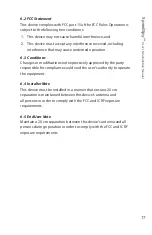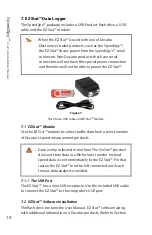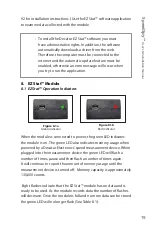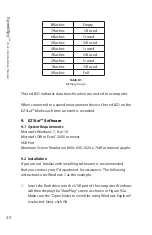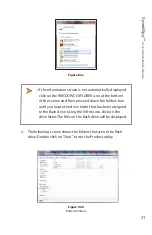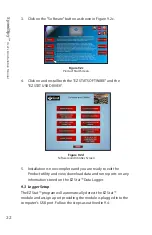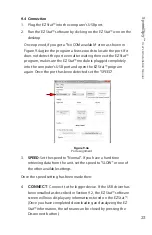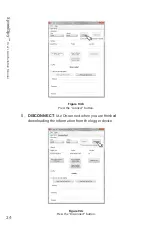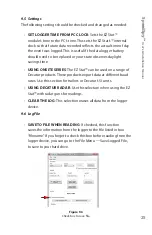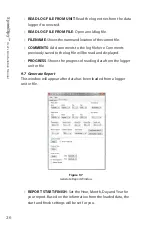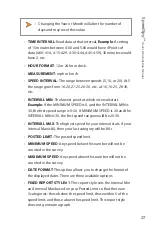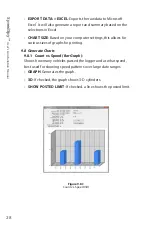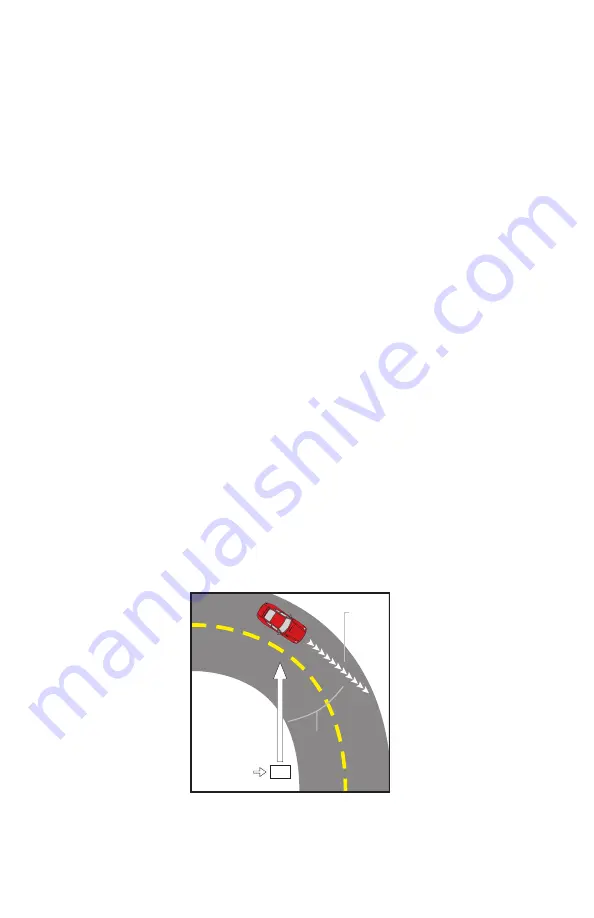
Sp
eedSp
y™
U
ser
’s & I
nstalla
tion M
anual
13
4. How Radar Works
Understanding potential radar interference and what you can do
when it occurs can greatly increase the radar’s performance .
Determining a vehicle’s speed begins with the radar antenna
transmitting and directing a beam of microwave energy (radio
waves) at an approaching (or departing) target vehicle . When energy
from this beam strikes a vehicle, a small amount of the beam is
reflected back to the antenna in the radar device . The reflected signal
frequency shifts by an amount proportional to the speed of the
target vehicle . This is known as the Doppler effect . The radar device
then determines the target vehicle speed from the difference in
frequency between the reflected and transmitted signal .
4.1 Interference Sources and Remedies
When properly installed and operated, Doppler radar is extremely
accurate and reliable . However, variations in the environment can
cause situations and circumstances, which can cause spurious (erratic
and unusually low or high) speeds to be recorded .
4.2 Angular Interference (Cosine Effect)
The cosine effect causes the system to record a speed that is lower
than the actual vehicle speed . This condition exists when the target
vehicle’s path is not parallel to the antenna, including conditions
such as the vehicle traveling on a curve or a hill as shown in Figure
4 .2 .
Figure 4.2
The Cosine Effect
Velocity
Vector
Angle
SpeedSpy™

















